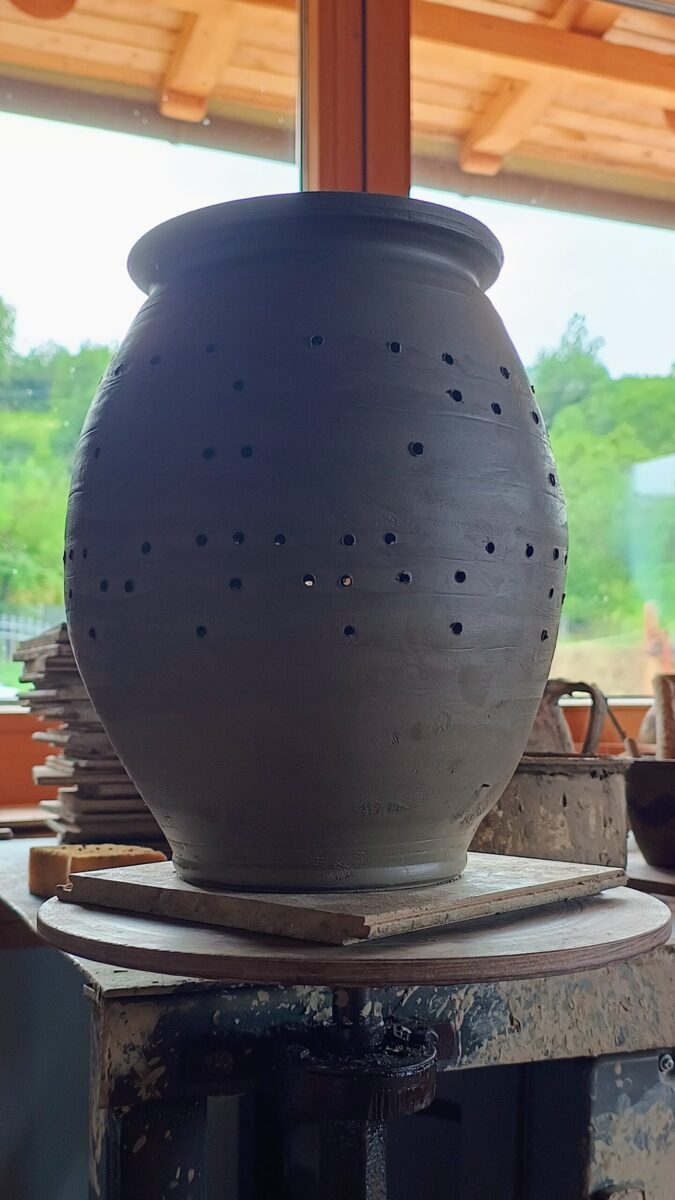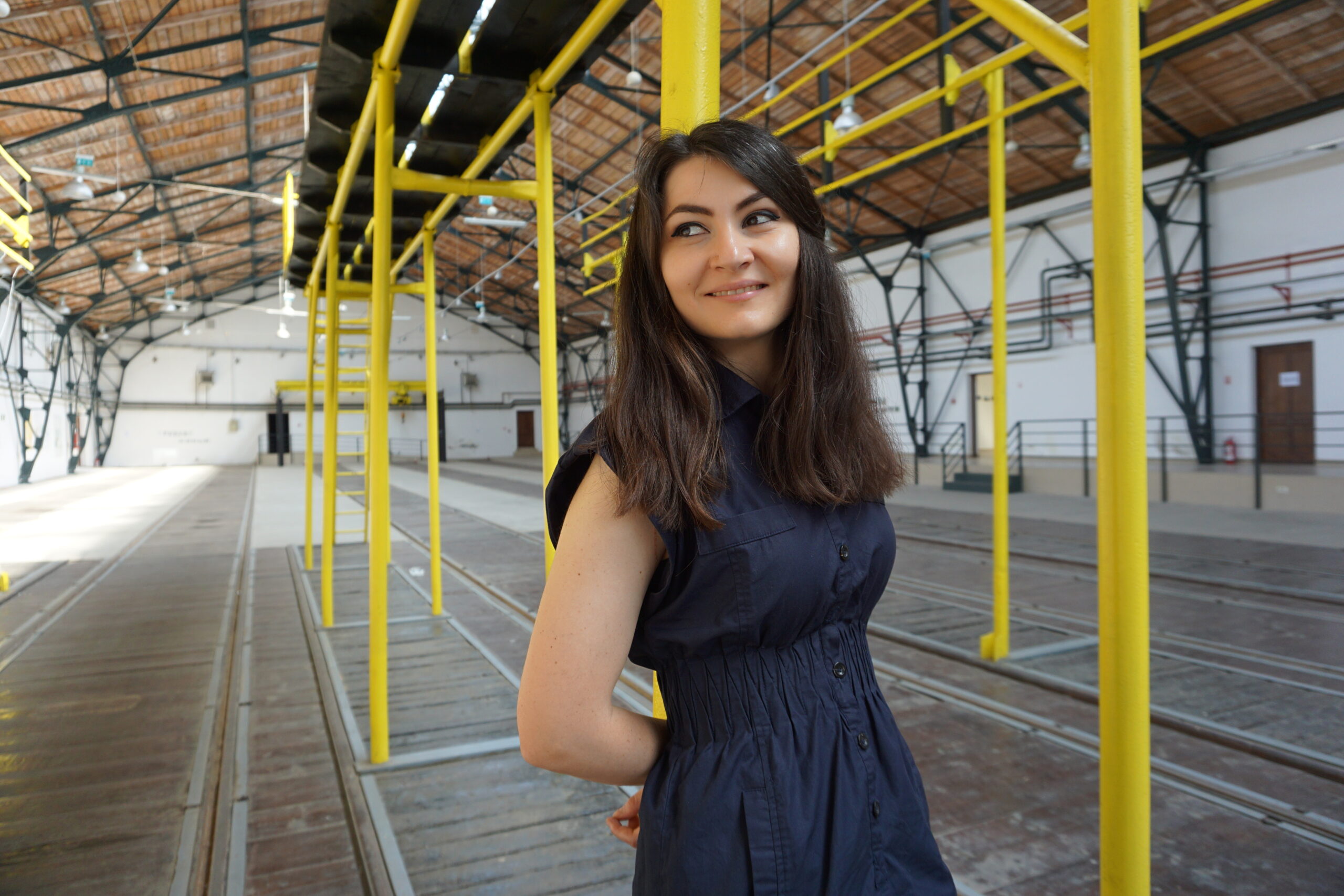Andreea Medar (n. 1990) este o artistă română, reprezentată exclusiv de Mind Set Art Center, Taipei. Practica sa include obiecte și medii mixte, sculptură, instalații media și lucrări video. Din 2017, s-a implicat și în proiecte colaborative cu Mălina Ionescu, artistă, curator și critic de artă din România. Imagistica sa rescrie imaginarul său personal prin juxtapunerea elementelor contrastante, în proiecte care explorează teme precum istoria familială, comunitatea rurală, ritualul, schimbarea, dizolvarea și persistența.
“Ruptul Sterpelor” is based on a pastoral custom from the Maramureș region of Romania, also practiced in the village of Săcel. The ritual marked the beginning of the grazing season and took place in spring, when shepherds would measure the sheep’s milk for the first time — a gesture of validation and belonging to the shepherding community, through which the exact amount of milk and cheese each villager was to receive for the year was established. The event culminated in a communal meal, where doine and traditional songs, passed down through generations, were sung. Through conversations with locals, I learned that these practices are slowly disappearing, along with the decline of agriculture and traditional ways of life. Fewer and fewer families raise sheep today, and the songs once performed during “Ruptul Sterpelor” are now nearly forgotten. The disappearance of an agriculture-based economy brings with it other losses as well: songs, customs, crafts, and forms of communal coexistence.
The proposed work consists of a ceramic vessel (historically used as a milk container), made in collaboration with local potter Burnar Tănase. On its inner surface, a fragment of a traditional song related to “Ruptul Sterpelor” is inscribed in Braille (via perforation). A light source inside transforms the vessel into an intimate lantern, alluding to its current uselessness — it can no longer function as a container, having become a kind of strainer. The vessel will be displayed on a rotating stand, with an audio recording playing underneath — created together with Mrs. Maria Catană, one of the few people who still remembers those melody.
The song becomes a sonic code of collective memory, embedded in clay. “Ruptul Sterpelor” is both an act of recovery and transformation. It is a work that speaks of community, loss, and resilience.
(Andreea Medar about her work, july 2025)





